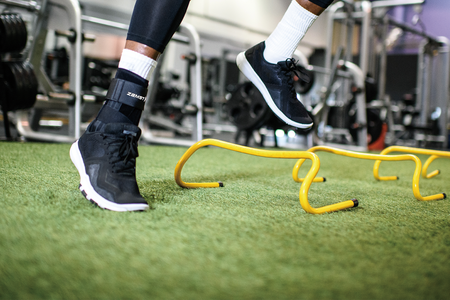Sever’s Disease
Sever’s disease is common cause of heel pain in growing adolescents. It is very similar to Sinding-Larsen-Johansson (SLJ) syndrome, but Sever’s disease involves irritation and inflammation of the growth plate (apophysis) in the heel where the calcaneal tendon inserts vs SLJ which is in the kneecap (patella) where the patellar tendon inserts. In children, bones grow from areas called growth plates. These growth plates are made up of cartilage cells, which are softer and more vulnerable to injury than mature bone.
Causes
Sever’s disease is caused by increased tension and pressure on the growth center. This pressure usually results from overuse of the ankle (repetitive running and jumping). Having muscularly restricted along with weakness and imbalances of the gastroc-soleus complex, posterior tibialis and peroneal longus musculature (in the posterior aspect of the lower leg) also puts increased pressure on this growth center and may make this condition more likely to occur. Tight muscles are more common during a growth spurt and with overtraining.
References: Hendrix CL (2005). “Calcaneal apophysitis (Sever disease)”. Clinics in podiatric medicine and surgery 22 (1): 55–62
Treatment
Functional movement patterns must be assessed and improper muscular length-tension relationships must be accurately addressed throughout the hips, knees and ankles, which can lead to an increase stress applied at the calcaneus . A physical therapist can create a specialized program that is specific so that “active rest” can occur, while continuing to address muscular limitations. “Active Rest” refers to performing a well-balanced therapeutic program that addresses functional and structural limitations and progressively allows the athlete to lengthen restricted muscular and strengthen weak musculature, while introducing proper body mechanic and functional movement awareness during the rehabilitation process. This will minimize the severity and intensity of symptoms when & if they do return, while providing the athlete with the proper education to reduce symptoms prior to moderate functional/ movement impairments which will lead once again to limiting activity.
ProSport Physical Therapy, 1000 N. Bristol St, Ste. #25, Newport Beach, CA (949)250-1112
Article produced by: Ray Roman, PT, DPT, SCS, OCS, ATC






